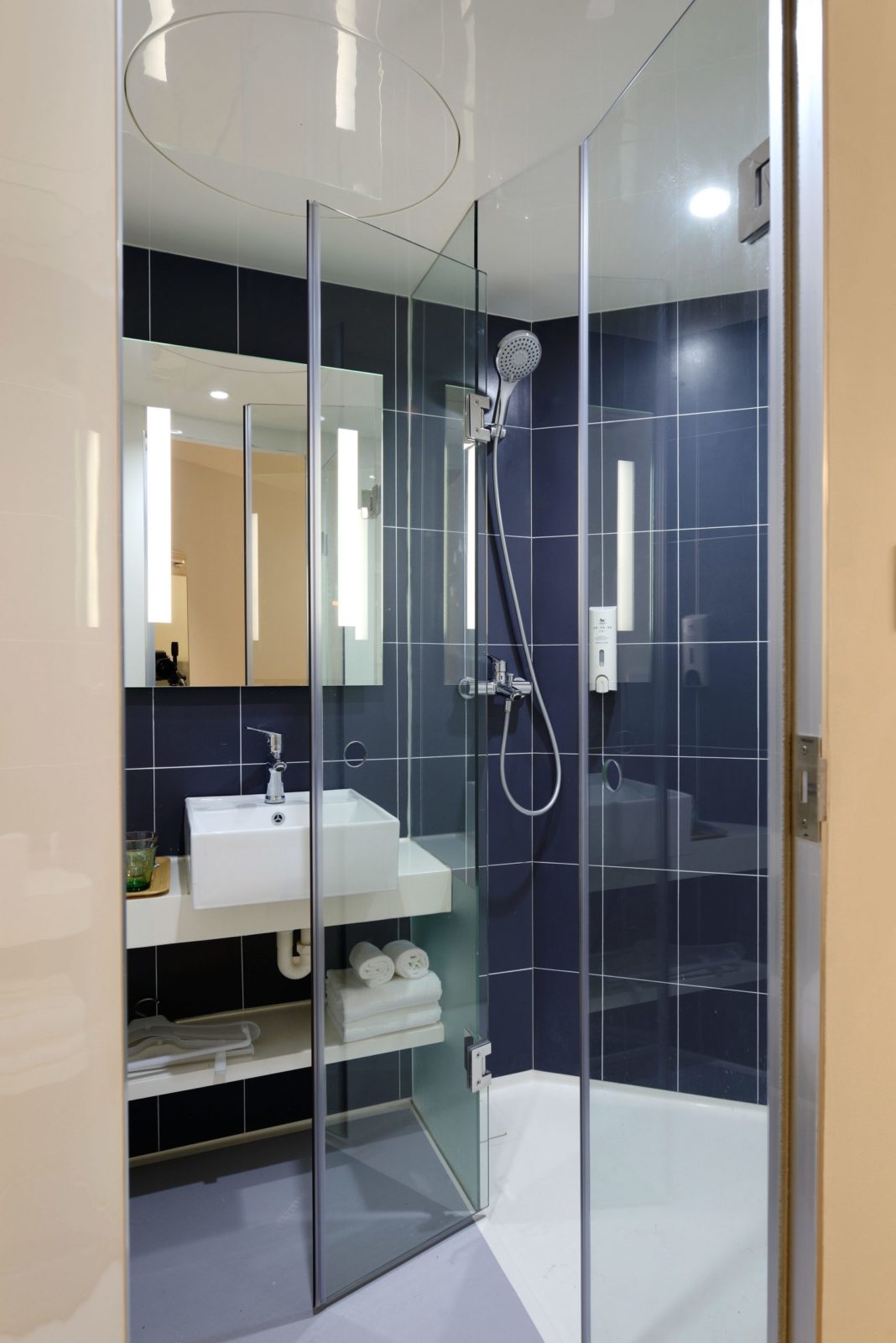Is your faucet driving you nuts from its constant dripping? You’re not the only one! If you’re tired of hearing your faucet drip, the first step to fixing it is figuring out why it’s dripping in the first place. Below are some of the most common causes for faucet dripping.
What Causes a Leaky Faucet?
Leaky faucets are caused by a few very simple problems. It’s usually just wear and tear in one form or another.
A Worn Out Washer
In a compression faucet, every time you turn on the water, there’s friction between your faucet handle’s rubber washer and valve seat. This friction slowly wears away at the washer, making it harder for the washer to do its job. What is its job? Keeping the handle watertight. If the washer is worn through, there’s space for water to escape through the handle and drip down into the sink. This is fixed by replacing the old washer with a new one of the correct size.
Valve Seat Corrosion
The valve seat connects the spout and faucet. If the valve seat hasn’t been cleaned of sediment in a while, it’s possible that it’s begun to corrode. A corroded valve seat will present as leaking around the spout.
O Ring Problems
In cartridge faucets, regular use can wear out a piece called the O ring. This ring is located with the stem screw, which is what holds the faucet handle in place. A worn out O ring will cause leaking from the handle. If your handle is leaking water, you likely need to replace the O ring.
Why Do Dripping Faucets Need to Be Fixed?
Sure, listening to the faucet drip is bothersome, but is it really a big deal? The answer is yes. There are many reasons to fix a leaky faucet promptly.
First off, leaks waste money. Even a slow leak can waste over a hundred gallons of water each month. That’s a lot of water doing absolutely nothing for you and your wallet.
Moisture from faucet dripping also attracts pests. From rodents to roaches, pests of all kinds need a source of water. Your leaky faucet could be just the thing that makes them decide to stay. After all, they can rely on that to keep them hydrated. To avoid being a pest hotel, it’s best to keep that water inside the pipes until you need it.
And, last but not least, drippy faucets are really annoying. If the money and risk of bugs isn’t enough, maybe the lost sleep will convince you. Quit losing rest at night while listening to the drip drip drip of your money going down the drain.
Get Help from POM Plumbing
If you need affordable, friendly, plumbing help, POM Plumbing is the place to call. Not only is keeping your faucet from dripping better for your home and sanity, it’s a quick fix that a professional can have done in minutes. Give us a call if you need faucet maintenance.

